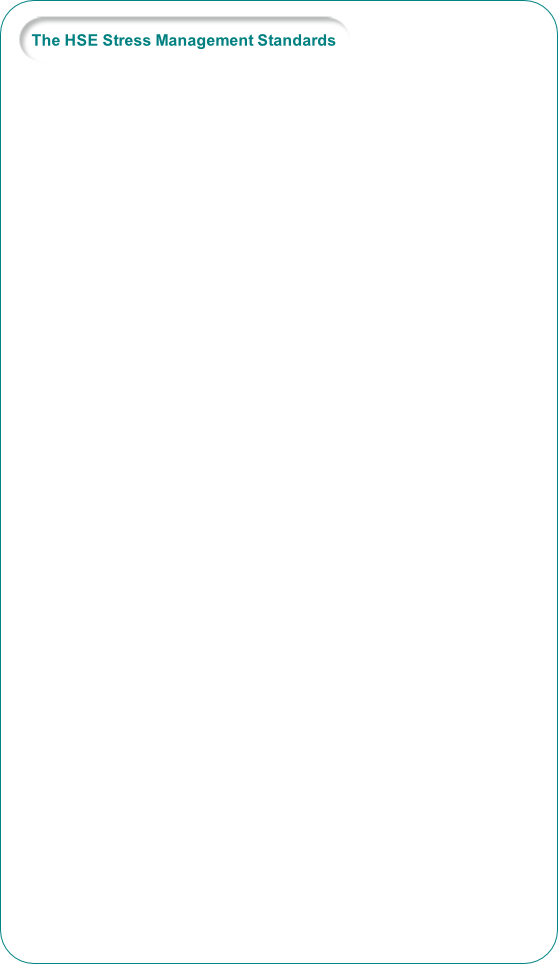Corporate stress management, employee risk management, employee consultations and surveys, stress audits. Training, coaching and mentoring, training assessment, coping skills, anxiety management, competency.

Offsite Links for Personal Stress Issues
Personal:



Best Practice
Most of our clients wish to meet their legal duty to undertake stress risk assessments using the Health and Safety Executive’s ‘Stress Management Standards’.
These standards are not a legal requirement in themselves, but they offer a methodology that if followed would normally be considered as ‘deemed to satisfy’ the risk assessment requirements of the Management of Health and Safety at Work Regulations with regards to stress.
Good Business Sense
All employers have a need to maximise the productivity of their workforce. This is simply good business sense, however this needs to be done in a way which benefits both the employer and the employee.
Stress has been identified as one of the principal causes of sickness and absenteeism, plus a common contributor to the negative outcomes of accidents, errors and mistakes. It makes sense therefore to look at effective stress management as a potential way forward in improving employee productivity and reducing accidents, errors and mistakes, which in turn reduces overheads and increases available resources.
Defining and Identifying Stress
We believe the true definition of stress to be "The point at which excessive or sustained pressure causes physical or mental harm”. This definition highlights the essential difference between pressure and stress, where pressure is not hazardous to health and safety but stress is hazardous to health and safety.
The word 'stress' has been misused by the media and others, and some might argue so redefined so that it cannot be reliably used as a descriptor for 'harmful stress'.
It is important when managing stress within a workplace that employers need to be clear on what stress hazards exist. Remember, the HSE requires stress risk management to be proactive, so whilst a reactive response and reactive stress hazard identification capability must exist, employers are also expected to identify potential stress hazards before they actually cause stress, and then put measures in place to minimise the potential risk to employee health and safety from those identified stress hazards.
Links